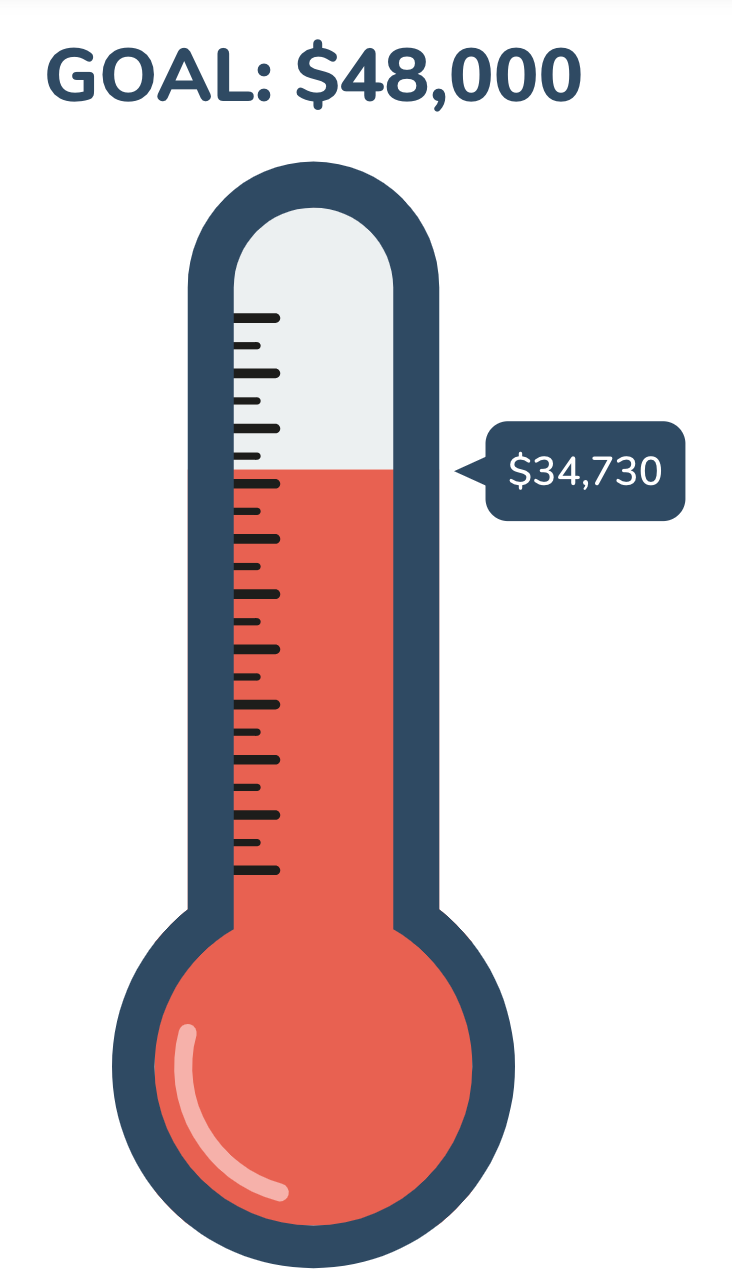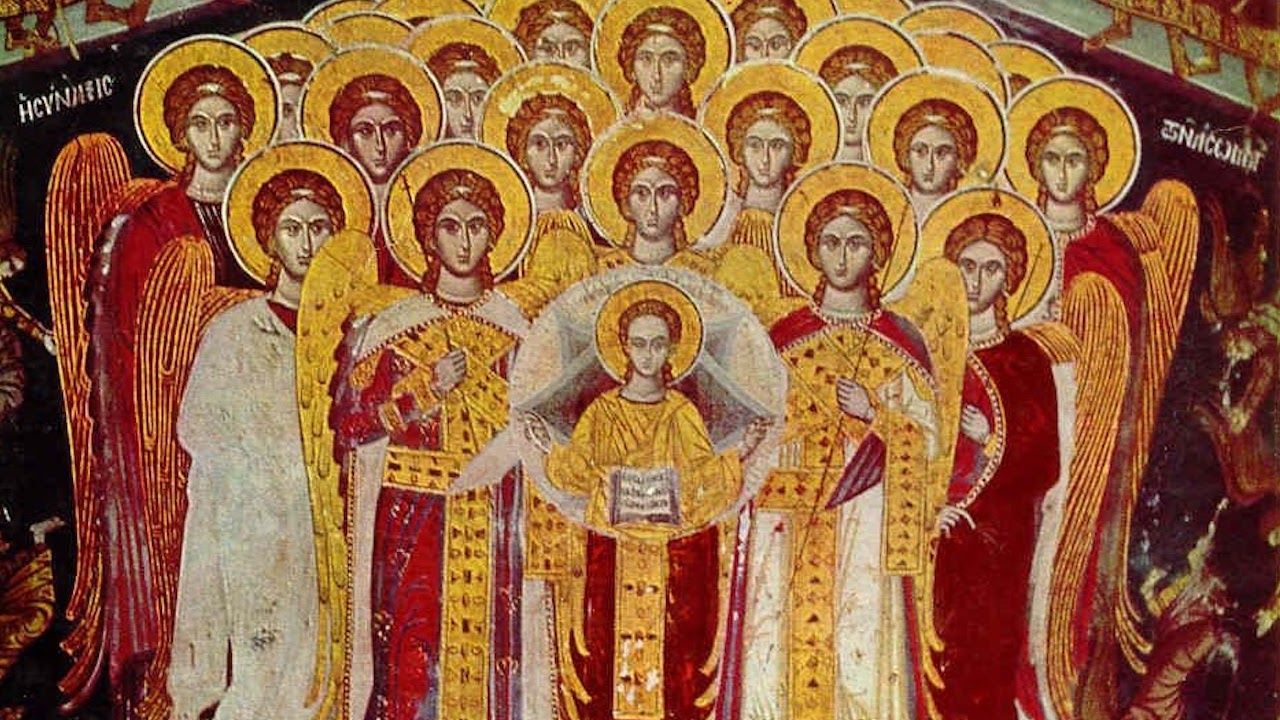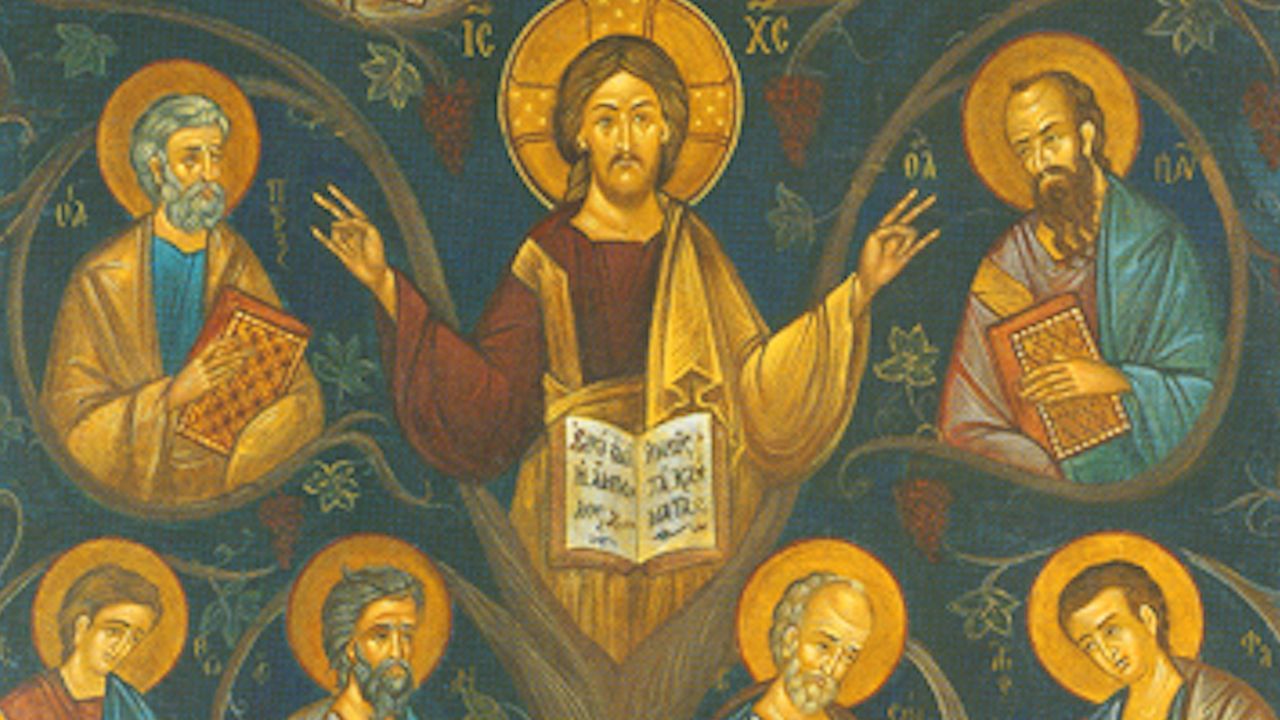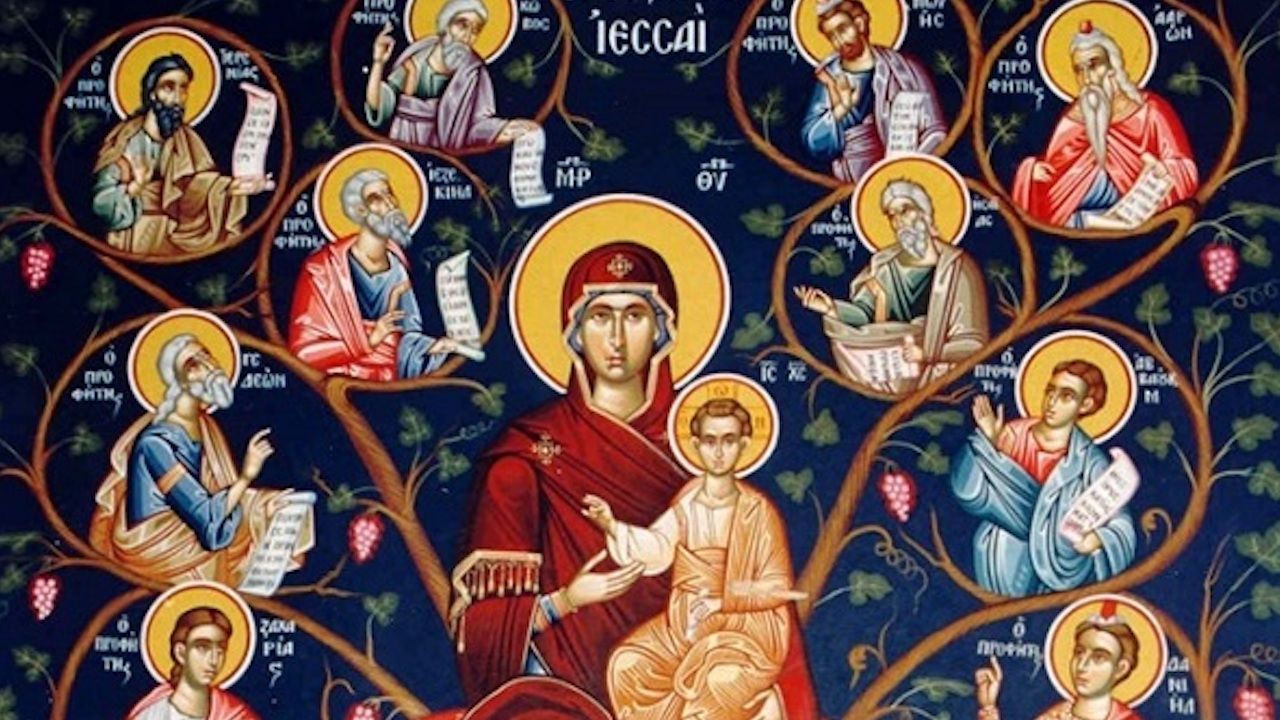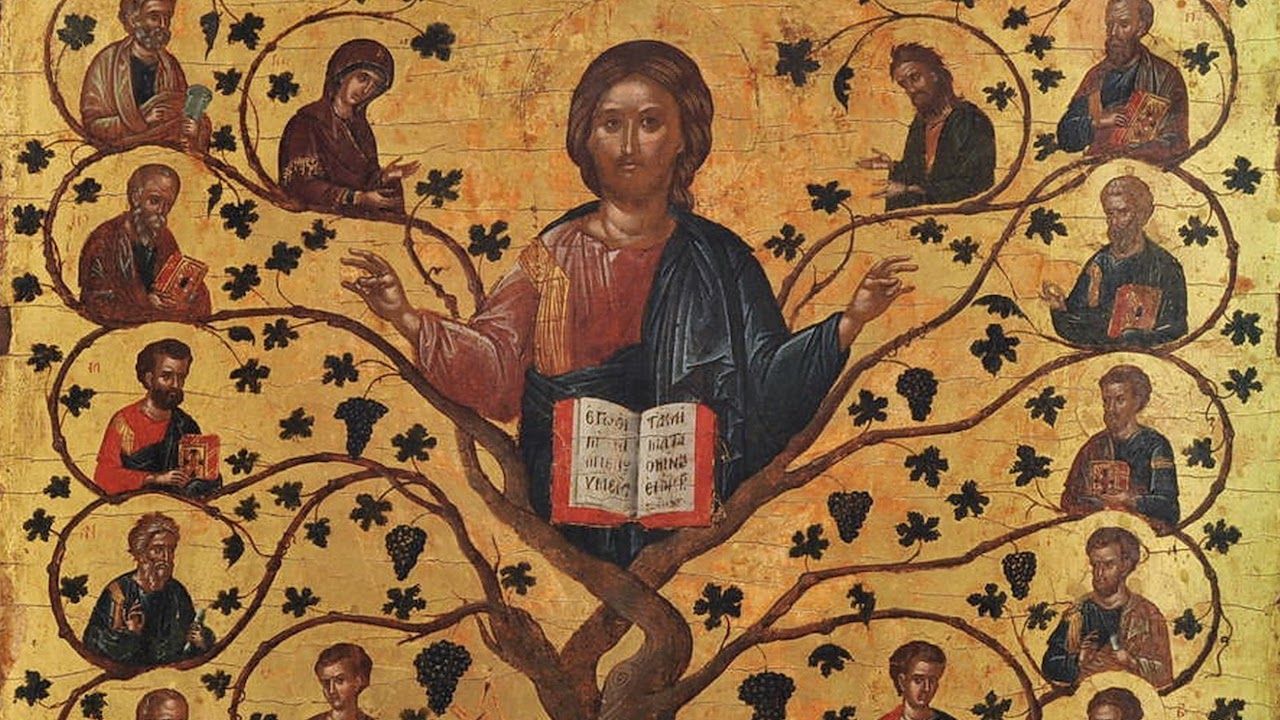Preface to The Dumbest Generation
by Mark Bauerlein
Feast of St Ambrose, Bishop of Milan
Anno Domini 2022, December 7

When The Dumbest Generation first came out, in May 2008, response in the media was swift and judgmental. Feature articles appeared in Newsweek, The Boston Globe, the Chicago Tribune, The Times of London, Haaretz (Israel), Superinteressante (Brazil), and The Weekly Telegraph (Serbia), and reviews in The Wall Street Journal, The New York Times, the Los Angeles Times, the Toronto Globe and Mail, while eighty or so radio and TV hosts conducted interviews. Each effort made more or less deftly outlined the topic, and many landed hard on yea or nay. A blank and broad question lay on the table: Do the digital diversions of the young cut kids off from history, civics, literature, fine art? Does mounting screen time dumb them down?
I think yes, others say no, but I never expected to vanquish the other side and end the debate. The realistic goal was to open the issue to some sober skepticism, to blunt the techno-zeal spreading through classrooms and libraries, shopping malls and children’s bedrooms. It was to counter the sanguine portraits of informed and agile teens at the keyboard with dismaying survey results and illustrations of youth insulation and ignorance, kids shunning books and vaunting their digital nativity. We won’t know the full intellectual impact of text messaging, Web 2.0, Facebook, and the rest for many years, and it will show up in distant measures such as the money firms spend on writing coaches for employees, the number of students in remedial classes, popular demand that politicians elevate their rhetoric, and whether the vocabulary level of newspapers inches downward or upward.
That evidence remains to be seen, but at least we can say that the general take on digital technology has expanded and diversified. In the past year, several books have joined The Dumbest Generation to set the purpose and uses of the tools in a critical spotlight. They include works by Andrew Keen (The Cult of the Amateur: How Blogs, MySpace, YouTube, and the Rest of Today’s User-Generated Media Are Destroying Our Economy), Susan Jacoby (The Age of American Unreason), Lee Siegel (Against the Machine: Being Human in the Age of the Electronic Mob), Nicholas Carr (The Big Switch: Rewiring the World, from Edison to Google), Maggie Jackson (Distracted: The Erosion of Attention and the Coming Dark Age), and Hal Abelson, Ken Ledeen, and Harry Lewis (Blown to Bits: Your Life, Liberty, and Happiness After the Digital Explosion), and several other popular and academic studies. Together they form an imposing countervailing force, an alliance to slow the headlong rush to technologize learning, reading, writing, and social and intellectual life. They have forced a better, more reflective attitude toward the future, an appreciation of the wondrous things gained, yes, but also a sensitivity to precious goods and practices lost.
The Dumbest Generation also postulates an attitude toward the past, however, and several commentators picked up on it with a curt objection. “Here we go again,” they remarked, “an aging schoolmaster knocking the kids. The old ones did it when Elvis arrived, and now they do it because of Grand Theft Auto. We’ve heard the grievance many times, the lament of graying folks, so let’s not take it too seriously.” A fair criticism, if an easy one, and it actually points to what may be the great social consequence of the digital advent. It turns on, precisely, the relationship of generations and the duties of elders. For, we all agree, one responsibility of adults in our society is to acquaint the rising generation to a civic and cultural inheritance. They have the experience and the perspective that come with aging; the young do not. Teenagers live in the present and the immediate. What happened long ago and far away doesn’t impress them. They care about what occurred last week in the cafeteria, not what took place during the Great Depression. They heed the words of Facebook, not the Gettysburg Address. They focus on other kids in English class, not leaders in Congress.
Maturity follows a formula: The more kids contact one another, the less they heed the tutelage of adults. When peer consciousness grows too fixed and firm, the teacher’s voice counts for nothing outside the classroom. When youth identity envelops them, parent talk at the dinner table only distracts them. The lure of school gossip, fear of ridicule, the urge to belong—they swamp the minds of the young and stunt their intellectual growth.
Kids need a reprieve and a retreat. For them to grow up into mindful citizens and discerning consumers, then, adolescents must break the circuit and think beyond the clique and the schoolyard. But they can’t do it themselves—peer pressure is too strong—and so adults must help draw them away. Adult content, civic and historical stuff, makes the current events of high school less commanding. Mentors can provide instruction in bigger things: the op-ed page, actions of Congress, the heroism of Martin Luther King, Jr., what transpired in the gulag, what the First Amendment says, the fate of Adam and Eve … Mentors steer young minds toward deeper wisdom and young tastes toward finer consumptions. The story of heroes and villains from history sets the eminences of senior year in bracing relief. The eloquence of Emily Dickinson nicely explodes the favored patter of the hallways.
Yet how can adults impart it when peer-to-peer contact extends to every minute and every space of the day and night? That’s the threat digital tools pose to parents and teachers. Equipped with BlackBerry and laptop, sporting a flashy profile page and a blog, teenagers pass words and images back and forth 24/7. The bedroom is no longer a sanctuary, it’s a command center. E-mails, text messages, blog postings and comments, phone calls, tweets, feeds, photos, and songs pour in every evening, and if kids don’t respond, they fall behind. Even when logged off and disconnected, they sense that a buddy (or nemesis) may be talking about them, passing around an image, setting a rendezvous, amplifying gossip, or leaving a message. An edifying case happens in the 2008 film American Teen, a documentary tracking five kids through senior year in high school in Warsaw, Indiana. At one point, an excitable girl sends her boyfriend a topless photo of herself, not realizing it will bounce to others in the network. Two girls grab it and with sadistic, masterful glee circulate it through every connection they know, and by the next morning when the girl comes to class, every kid in school has her image downloaded and shared. The lesson strikes home: Peer contact never ends, and digital tools are as essential and ordinary as food and air and sleep.
This is the new habitus of the Digital Age. Youths undergo an intense awareness of one another, a high-pressure social feeling. The stakes are high—is anything worse than exclusion?—and so they have to tune in, to manage that omnipresence. They don’t really enjoy it, for when they leave my class and flip open the cell, they register concern, not glee. But if they don’t check in, they don’t know whether something big might have happened. Peer pressure long preceded the microchip, of course, but email, cell phones, and the rest have cranked it up to critical levels, fostering an all-peers-all-the-time-network. Communication is horizontal, centered on a narrow age bracket, while parents and teachers hover outside the loop, baffled by the immersion.
If parents and teachers don’t contain it, if they don’t find occasional substitutions for it, it will only get worse. The natural inclinations of the young flow toward one another, and each new tool speeds them faster on their way. Late-teens and early-twenty-somethings stand at a delicate threshold that marks the most important intellectual growth of their life. They have passed the basic skills of elementary and middle school, and now they acquire the higher knowledge and understanding requisite to good citizenship and tasteful consumption. These are the years in which they read good books, discuss great ideas, judge past events, and form moral scruples. If it doesn’t happen in high school, in college, and in the home at this time, it probably never will. Once in the workplace, raising kids, paying bills, and doing laundry, people don’t have time, energy, or guidance to ponder the Federalist Papers or read The Divine Comedy. Every hour on MySpace, then, means an hour not practicing a musical instrument or learning a foreign language or watching C-SPAN. Every cell-phone call interrupts a chapter of Harry Potter or a look at the local paper. These are mind-maturing activities, and they don’t have to involve Great Books and Big Ideas. They have only to cultivate habits of analysis and reflection, and implant knowledge of the world beyond.
They mark the opportunity costs of digital diversions, and as they accumulate over the months, the costs rise higher than they seem at any one moment. The Dumbest Generation counts them up and sounds an alert. It doesn’t invoke an ideal past of multitudes of studious kids preferring Shakespeare to cartoons and activist kids debating the size of government. That never existed and never will. What did exist, though, was a climate in which the voices of elders and the value of history and civics, books and ideas, exercised more pressure on the young. Teen social life had a limit, and in those other hours the forces of adulthood were felt, if resented. When I was sixteen, I went to school and hung out with friends, and after school I played some basketball, hung out some more, and headed home. When I crossed the threshold and sat down to dinner, social life was over. I listened to my parents converse about money, work, the household, travel plans, while Walter Conkite reported on Vietnam and Watergate. I didn’t like them and didn’t want to talk to them, but I couldn’t reach under the table with my handheld and connect with buddies. I couldn’t go up to my room, flip open the laptop, and blog about the new biology teacher. Leisure options were fewer, and without ready access to friends, things like books, libraries, museums, and homework enjoyed a larger presence.
That’s what has changed. The Digital Age has embroiled the young in a swirl of social groupings and contests, and it threatens their intellectual development. This is not a benign evolution of old media into new media, traditional literacy into e-literacy. It is a displacement. Digital tools have designs on the eyes and ears of the kids, and they pursue them aggressively. Once youths enter the digital realm, the race for attention begins, and it doesn’t like to stop for a half-hour with a novel or a trip to the museum. Digital offerings don’t like to share, and tales of Founding Fathers and ancient battles and Gothic churches can’t compete with a message from a boyfriend, photos from the party, and a new device in the Apple Store window. Parents and teachers have a new rival in the lives of kids: not just a circle of friends, but a spreading glossy marketplace of communications technology with a certified youth meaning. Put them together—the e-tools and the collective will of teens—and they look invincible.
*From Mark Bauerlein, The Dumbest Generation: How the Digital Age Stupefies Young Americans and Jeopardizes Our Future (New York: Penguin Group, 2009), vii-xii.
In an isolating secularized culture where the Church's voice is muffled through her many divisions, Christians need all the help they can get to strengthen their faith in God and love toward their neighbor. Eighth Day Institute offers hope to all Christians through our adherence to the Nicene faith, our ecumenical dialogues of love and truth, and our many events and publications to strengthen faith, grow in wisdom, and foster Christian friendships of love. Will you join us in our efforts to renew soul & city? Donate today and join the community of Eighth Day Members who are working together to renew culture through faith & learning.
May 2024
28
29
5pm Ray Anderson Theological Task Force
30
1
6am "Ironmen"
2
4pm Cappadocian Society
3
7:30am Prayer Group - Hill
4
5
6
5pm Ray Anderson Theological Task Force
7
8
6am "Ironmen"
9
4pm Cappadocian Society
7pm Hall of Men
10
7:30am Prayer Group - Hill
6pm Chesterton Society
11
12
13
5pm Ray Anderson Theological Task Force
14
15
6am "Ironmen"
16
4pm Cappadocian Society
17
7:30am Prayer Group - Hill
18
19
20
5pm Ray Anderson Theological Task Force
21
4pm Preaching Colloquium
6:30pm Sisters of Sophia
22
6am "Ironmen"
23
4pm Cappadocian Society
7pm Hall of Men
24
7:30am Prayer Group - Hill
25
7am "Ironmen"
26
27
5pm Ray Anderson Theological Task Force
28
29
6am "Ironmen"
30
4pm Cappadocian Society
31
7:30am Prayer Group - Hill
1
Location
Eighth Day Institute at The Ladder
2836 E. Douglas Ave.
Wichita, KS 67214
©Eighth Day Institute 2019

